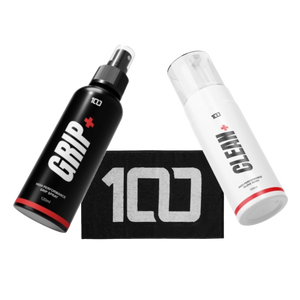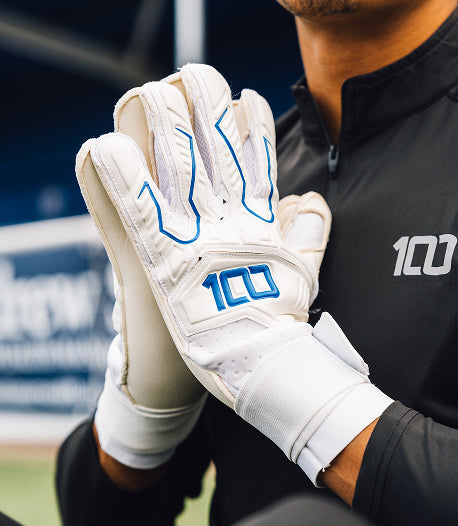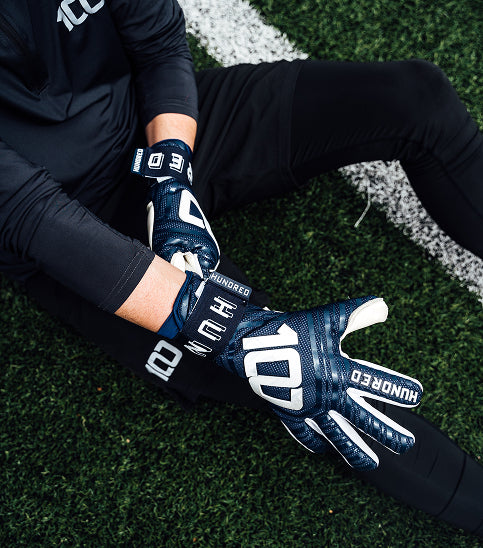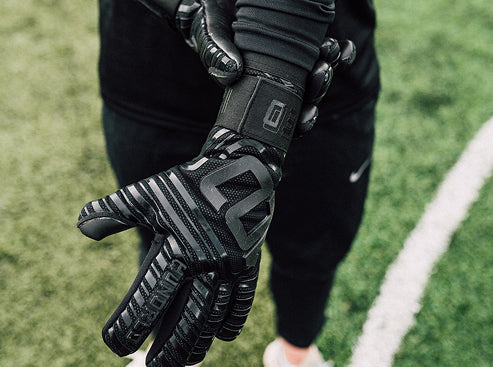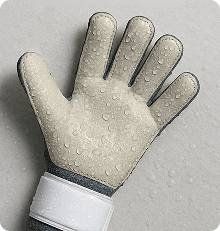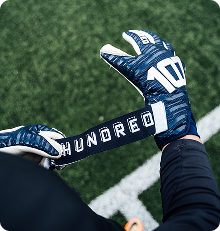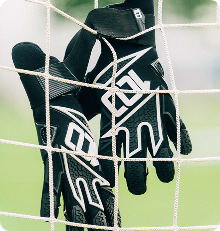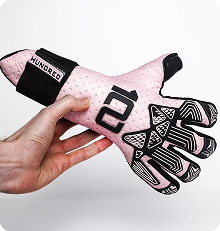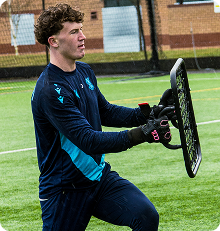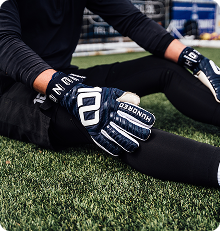
How to measure your child’s hand
If your gloves are showing signs of wear after just a few sessions, that doesn’t mean they’re faulty.
It means the latex is doing what it was designed to do: grip.
Latex is a soft, high-performance material. The stickier it is, the more fragile it becomes. That’s the trade-off.
Better grip = softer latex = faster wear.
That’s how it works. Always has.
If you’re using match-quality gloves (like ours), expect visible wear from the first few sessions — especially if you’re playing on turf, diving aggressively, or using poor recovery technique.
